PicoWay is one of the most powerful pico lasers that provides fast, safe, & efficient tattoo removal. This laser has 3 wavelengths to treat all tattoo colours. Pico lasers provide faster, safer & more efficient removal of ink as compared to older generation one lasers. The team at Cutis Dermatology has been removing tattoos since 2006.
Key Points
- Pico laser is the gold standard in tattoo removal
- Pico lasers are more effective than nano lasers
- Picoway has the best red & black ink removal system
- Pico lasers are less painful, & more accurate than older nano technology
Picoway Laser Tattoo Removal at a glance
Our results speak for themselves
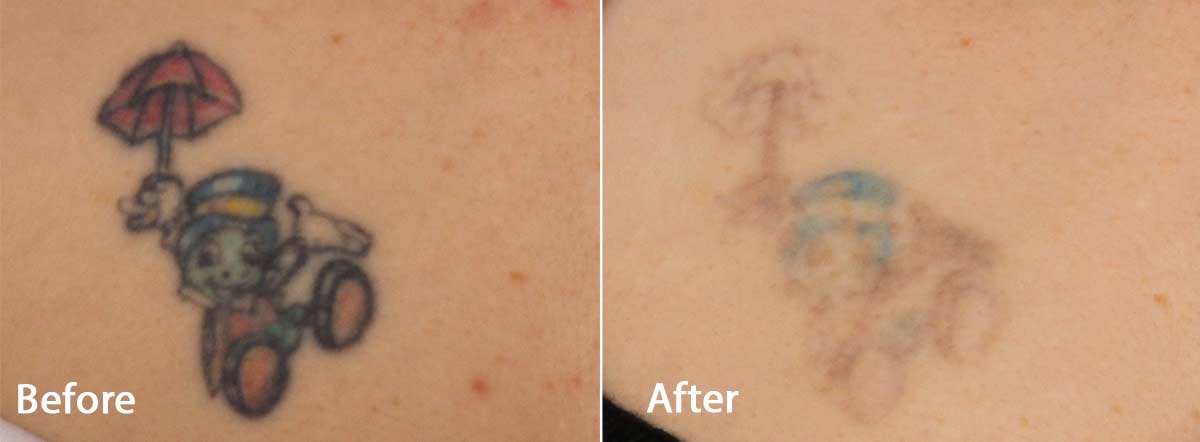
Before
After

Picoway tattoo removal
Ask us more about this treatmant
Preferred Consultation
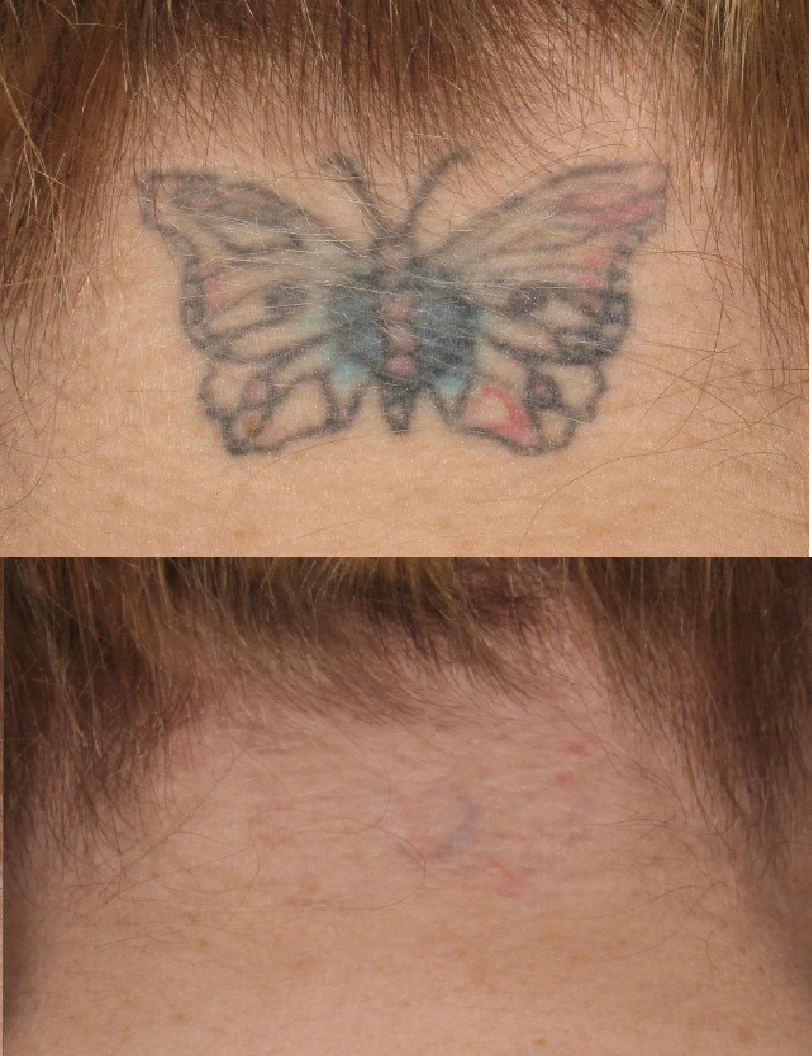
Before
After
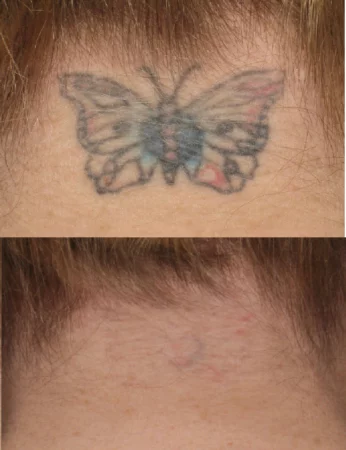
Picosure tattoo removal
Ask us more about this treatmant
Preferred Consultation
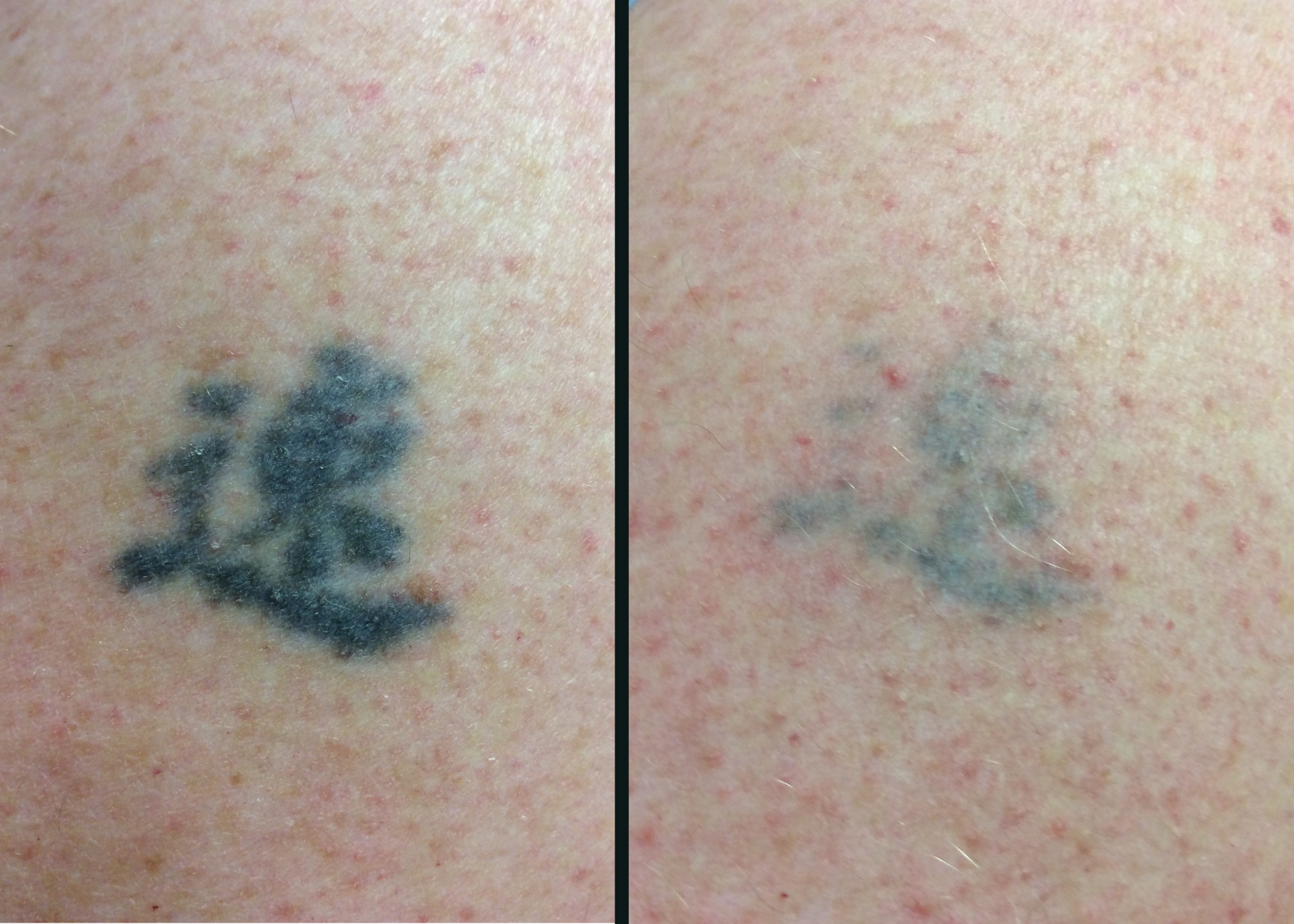
Before
After
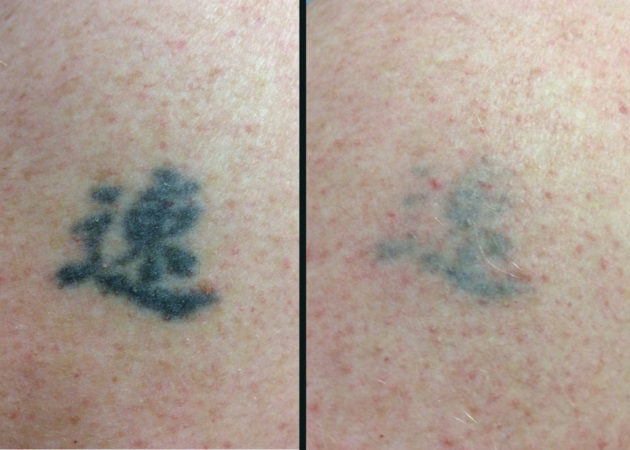
Laser tattoo removal
Ask us more about this treatmant
Preferred Consultation
FAQs
Why Cutis Dermatology?
Our dermatology team has been removing tattoos for over 15 years. Coupled with the very latest technology, you are assured that you will be receiving the best treatment for your unwanted ink.
What laser machines do we use?
We have 2 pico lasers, the Picoway & the newest Picosure Pro, in addition to older Q Switch lasers such as the Revlite, Pastelle & Spectra.
Pico lasers have the following advantages-
- Less pain
- Less treatments
- Less downtime
- Safer treatments
Which is better, Picoway or Picosure Pro?
Prior to the Pro version of Picosure, Picoway had the advantage over Picosure as Picoway was significantly more powerful, with a bigger (& functional) spot size.
With the new Picosure Pro, the gap is narrower.
How many treatments will I require?
The short answer, 1-8. Long answer: see the next question.
- Majority of patients; 5-6
- Fading for a cover up; 2-3
- Light coloured home jobs; 1-2
What factors govern how fast we can remove a tattoo?
Dermatologists work with the Kirby Desai scale to predict outcomes. These factors govern how fast tattoos can be removed.
Location: The head and neck maintain the largest vascular supply; the immune system is the strongest in this area. Tattoos in this location are effectively & promptly removed. The arms, trunk, back and upper legs are next. The hand & feet are the extremities hence ink in these areas take the longest time to receive tattoo clearance.
Skin Type: The Fitzpatrick skin type rating scale from Type I skin to Type VI. The lighter you are, the faster the clearance. Australians are typically type 1-2, Asians & Middle Eastern 3-4.
Colours: Ink is made from a combination of varying compounds. Professional inks are different to inks used by amateur tattoos & are harder to remove. Black ink is the easiest to remove due to its small size. Red is the next easiest. Greens, yellows, and oranges are more challenging. Most coloured tattoos are a fusion of different pigments.
Layering Tattoos: Many people decide to hide old tattoos by using new tattoos as a “cover up”. Since this requires layering of darker ink this means more treatments for tattoo removal. The rate limiting colour may not be evident on examination. For example, black ink over yellow & orange.
Individual’s Immune System: This has the greatest amount of variability as a person’s immune system is determined by genetics. This determines how well your body will get rid of the ink.
Amount of Ink: The 4 categories of ink are divided into: Amateur (letters, words or small symbols), Minimal (one colour, simple design), Moderate (one colour, complex design) and Significant (multicoloured, complex design). This is further divided into density of ink & the surface area.
History of keloid/hypertrophic scarring: Scarring, namely an overproduction of collagen can surround the ink particles & reduce the penetration of lasers. Additionally, it limits the penetration of the cells of the immune system. This results in slower resolution of clearance.
Is it painful?
Yes, but it’s less than getting inked in the first place. Laser feels like a rubber band. It hurts more on the extremities & over bony areas.
As Cutis Dermatology is a specialist canter, we do have nitrous oxide gas (laughing gas) to help with bigger jobs (back or chest pieces), or simple numbing cream. We got you covered.
Can cosmetic tattoos be treated & what are the risks?
Yes. Nano, & picosecond lasers like the Picoway & Picosure can treat cosmetic tattoos. The risk of any laser treatment is oxidation of the tattoo (goes darker). This is because of the oxides frequently used in cosmetic ink. In some cases, we undertake a test patch
Who performs the laser procedure?
The clinical staff at Cutis perform this procedure. Each clinician undergoes extensive training in the operation of the laser systems & performs over 200 hours of clinical training.
More complex procedures are performed by our head laser nurse who has over 10 years’ experience in tattoo removals.
Dermatologists are involved in the management of complex cases including granulomas, sarcoid like reactions, allergic reactions & large particulate sizing, traumatic tattoos, & management of hypertrophic/keloid scars. Our senior dermatologist lectures on tattoo removal & has over 20 years of experience in the field of laser dermatology.
Products

O Cosmedics cleansing range
$63.00-$64.00

O Biotics 3D Hyaluronic Serum
From $97.00
PicoWay is one of the most powerful pico lasers that provides fast, safe, & efficient tattoo removal.
What can go wrong?
Side effects from pico lasers are rare but include-
- Skin darkening (PIH)
- Skin lightening
- Idiosyncratic scars
- Prolonged healing/blisters
- Infection
Most side effects can be mitigated with sensible wound care. Should any side effects occur, our dermatologist will sort it out. Quickly.
Is Laser Tattoo Removal Painful?
Yes. Whoever says it’s not is reading from a commercial brochure. The pain from pico lasers is generally slightly less than getting inked in the first place. Older nano lasers hurt more.
To further minimise discomfort, we use a super chilled air at the same time as a laser. For bigger areas we administer laughing gas.
Can lasers totally erase a tattoo?
For small to medium size ones, lasers can remove 97-99% of ink. For large ones, including half or full sleeves, lasers can remove 85-92%. Black ink is much easier to remove compared to colours.
Greens, oranges & mixed colours will require more treatments.
Can acid remove a tattoo?
Yup, it sure can. Acid will replace a tattoo with a full thickness scar. Healing from acid removal takes between 2-8 weeks.
Can microneedling be effective?
Yes. For resistant ink, our dermatologists will employ ablative lasers or cold microneedling. This works by a process called trans epidermal exfoliation.
Pico lasers are more accurate with less damage & downtime compared to needles, hence why they are used as first line treatment.
What should you consider before undertaking laser tattoo removal?
It is a big undertaking removing tattoos; hence you should carefully consider-
Number of treatments: Will vary from one or two (armature tattoos) to over 8 sessions, larger professional tatts.
Fade- cover ups or have it all removed: Need a little fading? Much easier than complete removal.
The equipment & expertise: Cutis has the best laser systems. We are constantly upgrading every 6 months.
Need more information?
Book a consultation with our laser nurses. They will examine your tattoo & will advise you accordingly


